It’s almost magical the way artificial intelligence dazzles us with its breakthroughs—self-driving cars, intelligent chatbots, and art-generating machines. But here’s a twist that’s as surprising as it is humbling: much of what feels brand new is often a remix of ideas from centuries past. Have you ever wondered if AI is truly inventing, or simply refreshing humanity’s own forgotten wisdom? The story of AI isn’t just about silicon brains and futuristic dreams; it’s a tale woven with echoes of ancient logic, philosophy, and creativity. Let’s journey through the hidden roots of today’s so-called “innovations” and explore whether AI is genuinely original—or just spinning the world’s oldest ideas with fresh algorithms.
The Ancient Roots of Logical Reasoning
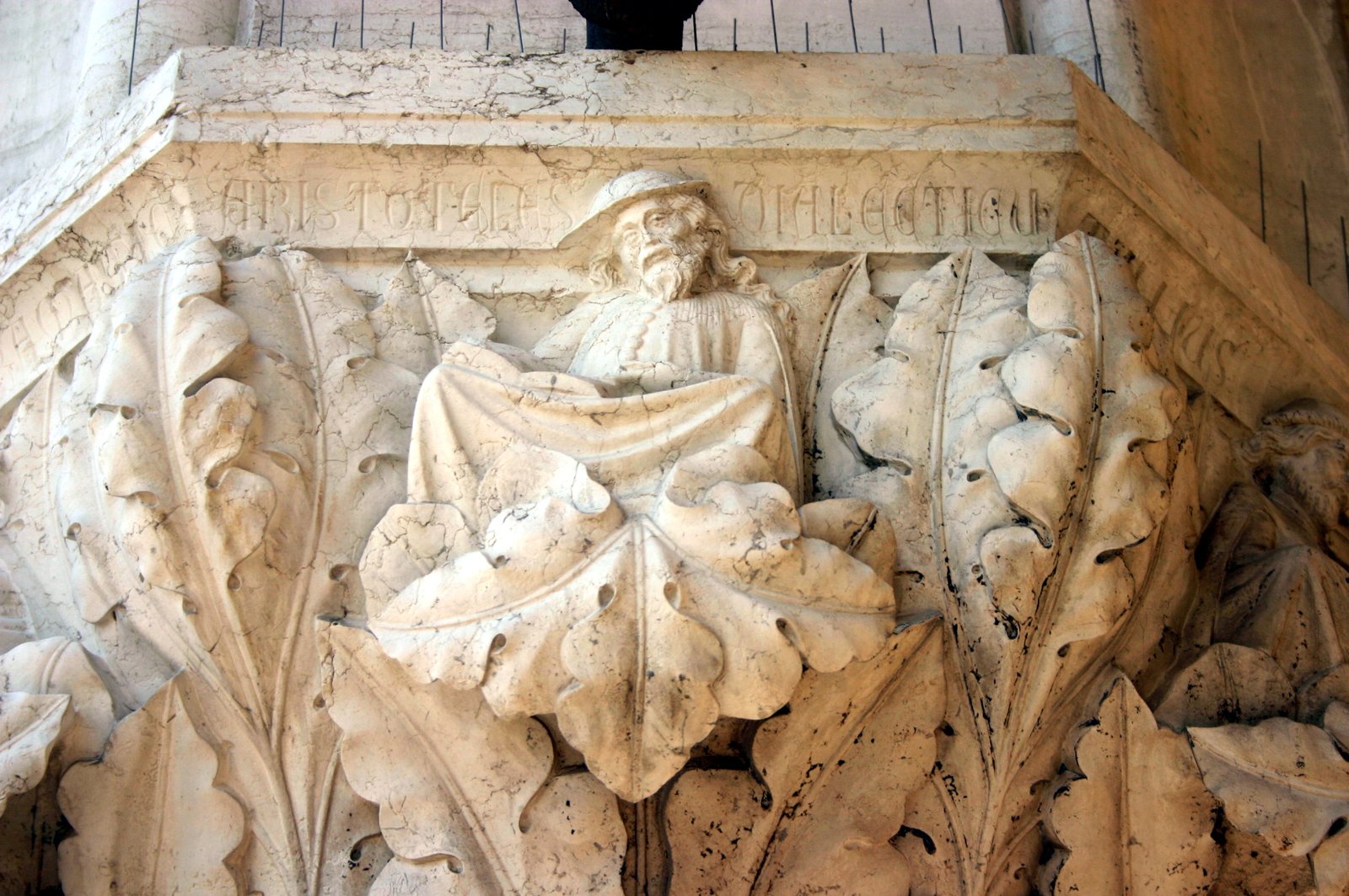
Long before computers hummed and screens glowed, philosophers like Aristotle were crafting the foundations of logic. The syllogism—if all men are mortal and Socrates is a man, then Socrates is mortal—might sound quaint, but it’s the backbone of how computers process information today. AI’s decision-making, from predicting weather to diagnosing diseases, still relies on if-then logic that’s eerily similar to what was scribbled on ancient scrolls. When you peel back the layers of a modern neural network, you can almost hear the echoes of ancient Greece.
Pattern Recognition: From Cave Art to ImageNet

Humans have always been driven to find patterns. Early hunter-gatherers watched animal tracks; Renaissance scientists charted the stars. Now, AI scours millions of images to recognize cats, faces, or cancer cells. But the core idea—spotting patterns and making predictions—hasn’t changed. It’s as if AI is a digital descendant of our ancestors, wielding data instead of stone tools. Every time your phone unlocks with your face, it’s repeating humanity’s oldest survival instinct: recognize, remember, react.
Mathematical Foundations: Reimagining the Past
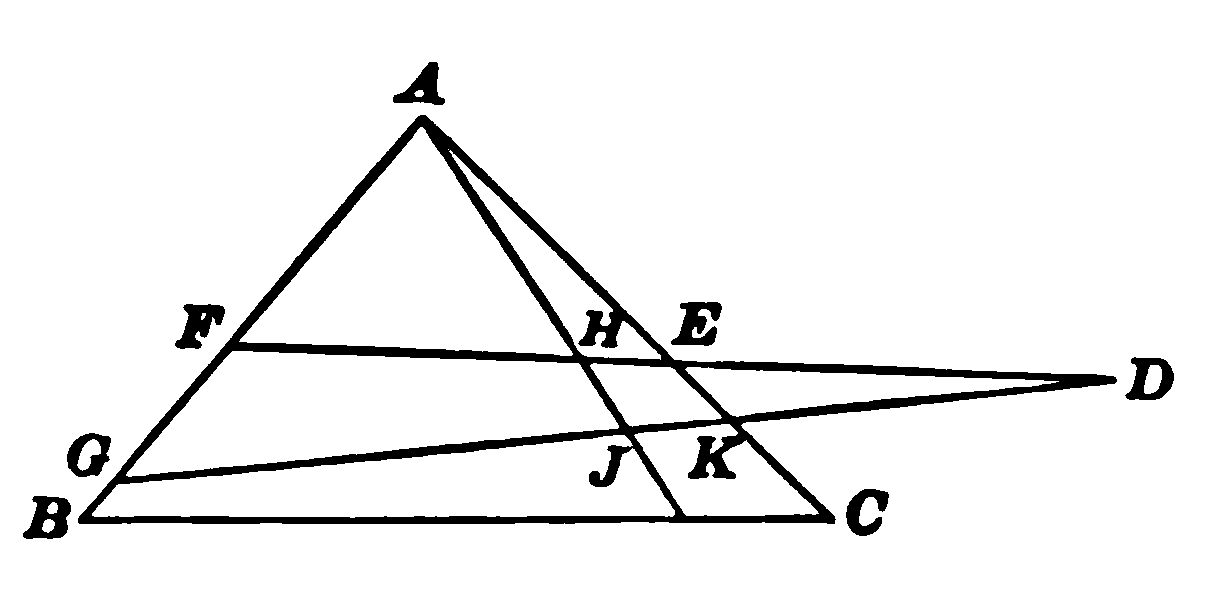
Calculus, algebra, and probability weren’t invented by AI engineers. These mathematical marvels were developed centuries ago by minds like Newton, Leibniz, and al-Khwarizmi. Today, AI models use these same equations to learn and adapt. When you hear about “gradient descent” or “optimization algorithms,” you’re really hearing whispers from dusty old math textbooks. The difference? AI can crunch numbers at speeds those early mathematicians could only dream of.
The Dream of Mechanical Minds
The fantasy of intelligent machines predates computers by centuries. Automatons—mechanical ducks, chess-playing “robots,” and clever clockwork devices—wowed audiences in ancient Egypt and Enlightenment-era Europe. These early inventions didn’t have microchips, but they sparked imaginations about artificial intelligence. Today’s AI is just the newest chapter in a very old story: the quest to create minds from metal and math.
Knowledge Representation: From Encyclopedias to Knowledge Graphs
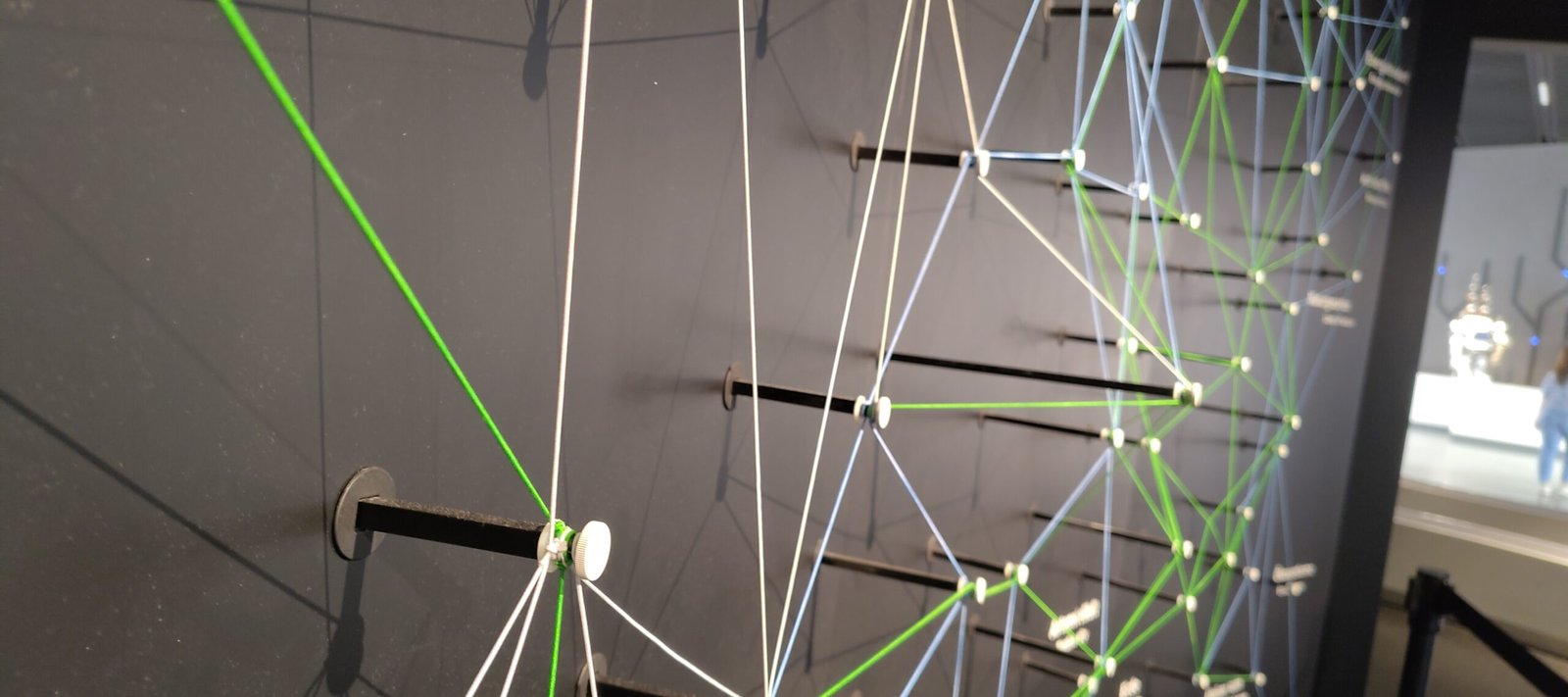
Remember leafing through encyclopedias as a kid? Organizing information into categories and hierarchies is an age-old human obsession. AI does the same, only faster and bigger. Google’s Knowledge Graph, for example, structures billions of facts to answer questions instantly. But the core principle—mapping knowledge—has roots in everything from medieval libraries to the taxonomy of Linnaeus. Modern AI simply puts human curiosity on digital steroids.
Learning from Experience: Echoes of Trial and Error
AI systems “learn” by making mistakes, adjusting, and trying again—a process eerily similar to how humans and animals learn. Psychologists like Pavlov and Skinner formalized this idea in the 20th century, but even ancient hunters learned which berries were safe by trial and error. Today’s reinforcement learning in AI, where machines play games or drive cars by learning from failure, is just a high-tech echo of our own evolutionary journey.
Language Models: From Rhetoric to Chatbots
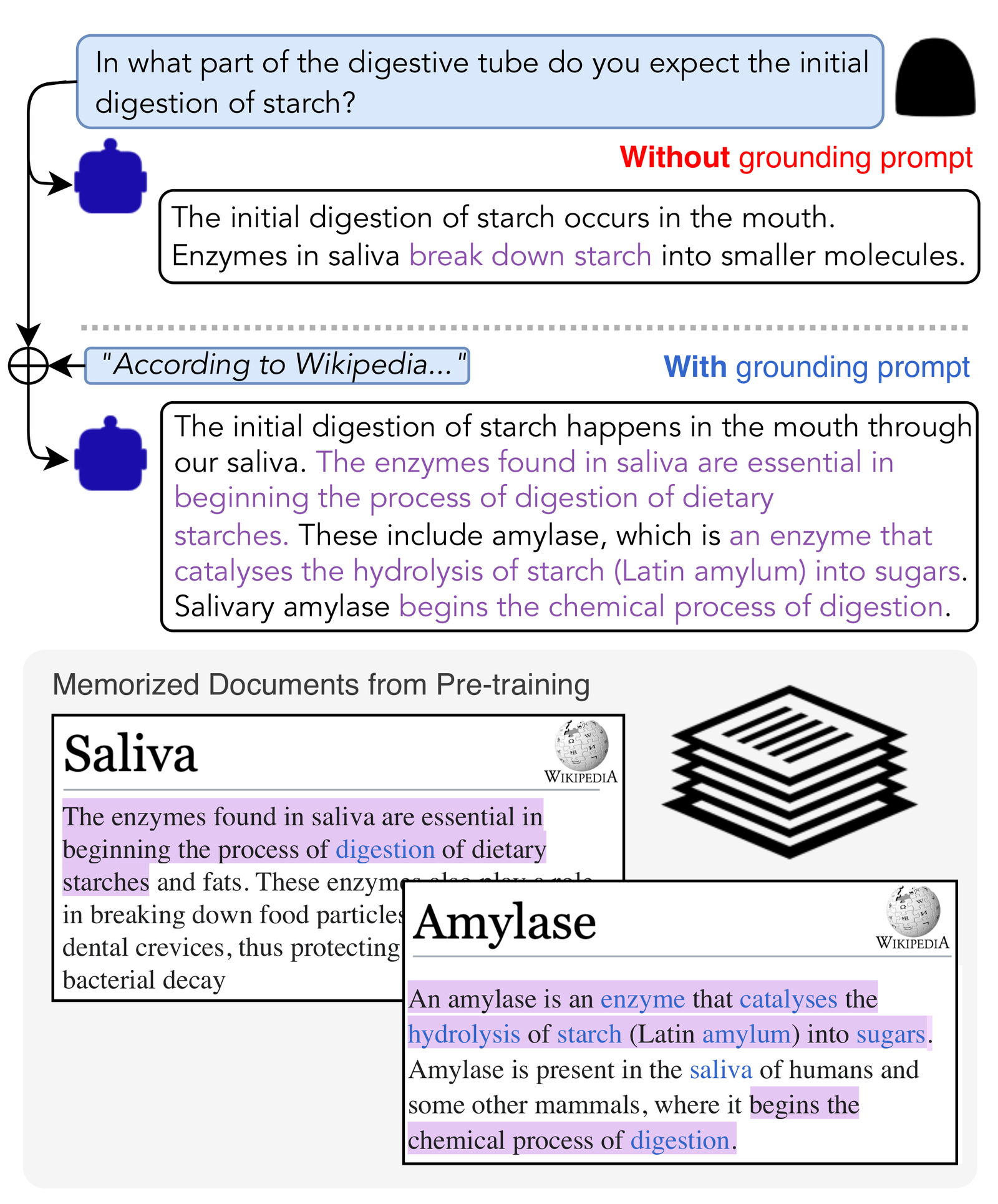
The ability to use language has always set humans apart. Ancient rhetoricians trained for years to craft persuasive speeches, and scribes painstakingly translated texts. AI language models like GPT-4 might seem like miracles, but their inner workings—predicting the next word, learning grammar by example—mirror the way children learn to speak. Every time you chat with an AI assistant, you’re seeing centuries of linguistic curiosity transformed into silicon form.
Creativity: The Myth of the Original Machine
When an AI paints a picture or writes a poem, it’s tempting to call it “creative.” But look closer, and you’ll find it’s remixing countless works it’s seen before—just as artists and writers have always done. Shakespeare borrowed stories; Picasso borrowed styles. AI’s creativity is less about invention than recombination. It’s like a chef who cooks with every recipe ever written—astonishing, but not without precedent.
Ethics and Responsibility: Old Questions in New Guises
The headlines are full of angst about AI’s ethical dilemmas: bias, privacy, and accountability. But these aren’t new worries. Philosophers from Confucius to Kant wrestled with questions about right and wrong, justice and fairness. AI simply shines a harsh, digital light on ancient debates about what it means to act responsibly. The technology may be new, but the moral puzzles are as old as civilization.
Memory and Forgetting: The Limits of Digital Recall
Humans have always struggled with memory—what to remember, what to forget. Ancient storytellers passed down legends; libraries burned and knowledge vanished. AI, with its vast databases, promises perfect recall. But even machines forget: data gets deleted, algorithms fade into obsolescence. The dance between remembering and forgetting is as much a part of AI as it is of human history.
Collaboration: Humans and Machines Through the Ages
Tools have always extended human abilities, from the wheel to the printing press. Today, AI is a tool of breathtaking complexity, but at its heart, it’s still a partner—helping doctors diagnose, scientists discover, and artists create. The excitement (and fear) surrounding AI collaboration echoes the wonder felt when the first telescopes revealed new worlds. We’re not alone in this; we’ve been working with our inventions for millennia.
Bias: Ancient Prejudices in Digital Form
AI often mirrors the biases of its creators. This isn’t a new problem; ancient societies encoded their own prejudices into laws and traditions. When an algorithm discriminates, it’s repeating the mistakes of history—only faster and on a larger scale. Recognizing this helps us see AI not as an alien force, but as a mirror reflecting our own strengths and flaws.
Intuition vs. Calculation: The Human Touch
People often marvel at AI’s sheer calculating power. But intuition—those gut feelings and hunches—has guided humans for ages, sometimes more effectively than cold logic. AI tries to mimic intuition with “heuristics” and shortcuts, but it can’t quite match the subtlety of human insight. The tension between number-crunching and instinct is as old as the first chess match.
The Myth of the Blank Slate
AI is often described as a blank slate, learning everything from scratch. But the truth is, it’s built on centuries of accumulated knowledge. Every AI breakthrough stands on the shoulders of mathematicians, philosophers, and engineers who came before. The illusion of novelty fades when you realize how much history is embedded in every algorithm.
Imitation and Innovation: Where’s the Line?
Some of the most impressive AI feats are, at their core, feats of imitation. AI can replicate a painting style, mimic a writer’s voice, or even compose music in the style of Mozart. But true innovation—leaping into the unknown—remains elusive. It’s a bit like the difference between a cover band and a groundbreaking composer. AI dazzles with its mimicry, but the spark of true originality is still a rare and wondrous thing.
The Limits of Machine Understanding
Despite all its power, AI often stumbles on tasks that require common sense or deep understanding. It can’t grasp a joke’s nuance or appreciate the symbolism in a story the way a human can. This gap is a reminder that intelligence isn’t just about processing facts; it’s about meaning, context, and experience. AI is clever, but there’s still something mysterious about how humans make sense of the world.
Reinventing the Wheel: The Cycle of Discovery

History is full of rediscoveries—lost technologies, forgotten philosophies, ancient remedies rediscovered by science. AI’s habit of “inventing” old ideas fits this pattern perfectly. Sometimes, a fresh perspective breathes new life into a dusty concept. AI may not always be original, but its reinterpretation of the past can spark genuine progress.
The Allure of the New: Why We Forget the Old
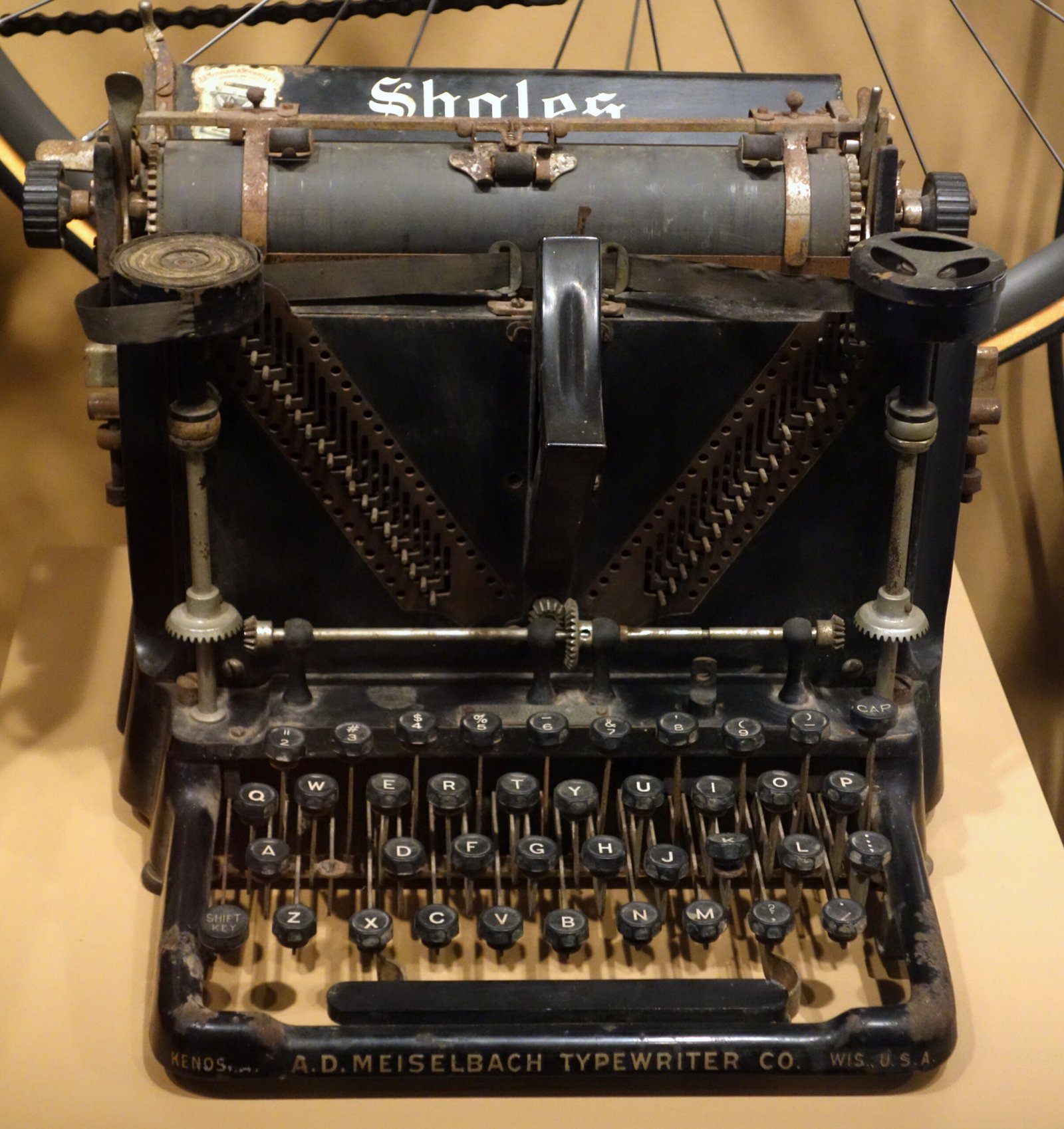
There’s something intoxicating about novelty. We crave the next big thing, often forgetting the wisdom that’s already out there. AI’s shiny innovations often overshadow their deep roots in history. But remembering where ideas come from gives us a richer sense of wonder—and a better understanding of what true innovation really means.
Cultural Amnesia: What Gets Left Behind

As AI charges forward, some ideas and traditions are left in the dust. Not every ancient insight gets revived; some are lost forever. This selective memory shapes our future just as much as our past. The challenge is to balance progress with preservation, making sure we don’t discard the treasures hidden in yesterday’s wisdom.
A Call for Historical Intelligence
If there’s one lesson in the tangled story of AI and human history, it’s this: understanding where we come from matters as much as where we’re going. AI may spin ancient ideas into dazzling new forms, but it’s up to us to recognize the threads that connect past and present. Maybe the most powerful intelligence isn’t artificial at all—it’s the wisdom we carry forward, generation after generation. What old idea will you rediscover today?




